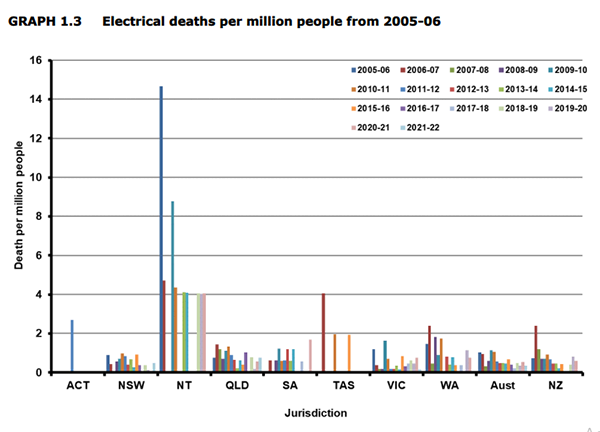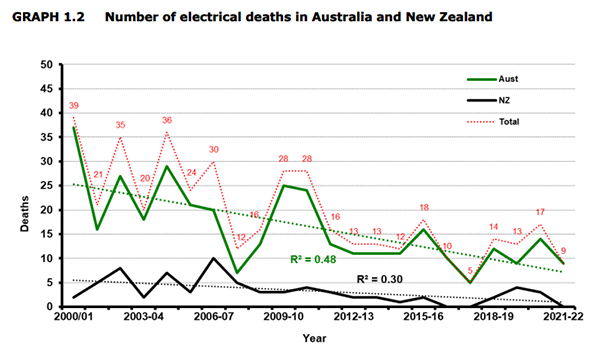I was stunned when I first got to know that there are safety standards in the AU and NZ even for how electricians must do wiring. According to AS/NZS 3000, these standards publish a whole booklet that brings information about how the design, construction, and installation of electric appliances must be done (Housing Industry Association, HIA).
Speaking of the documentation, it consists of 8 different sections that share details and guidelines on different areas of electric works. Depending on the sector in which it deals, the AS/NZS 3000 ensures maximum safety and efficiency.
If you are interested in diving deeper into its details just like me, keep reading the article till the end.
AS/NZS 3000 is a comprehensive standard that outlines the requirements for electrical installations. Its core principle is to ensure that the systems are designed, installed, and maintained to protect users and property from electrical hazards.
The guide is all-inclusive in nature and takes care of almost every aspect of the electricity domain. Be it from earthing systems to circuit protection, it turns out to be an indispensable guide for electricians, engineers, and property developers.

This graph shows the number of electrical deaths that happen in different jurisdictions and at different times.
The following are some broad ways in which the new AS/NZS 3000 ensures the safety of the people:
These are some ways through which the standard gives heavy attention to ensure safety for future prospects.
Compliance with AS/NZS 3000 is more than just a legal obligation; it is a commitment to protecting lives and property. Non-compliance can lead to severe consequences, including hefty fines, legal liability, and increased insurance premiums. More importantly, it places individuals at risk of injury or fatal accidents.

This graph is taken from the Electrical Fatality Report by the Electrical Regulatory Authorities Council (ERAC). Here it is clearly visible that with the introduction of regulatory compliance like As/NZS 3000, the trend of fatalities due to electrical fire has significantly decreased.
While AS/NZS 3000 ensures everybody’s safety, the following are some critical stakeholders that will benefit from the compliance first:
Hence, it does not matter whether for a home or for an office, you must ensure that all the electrical work is done with this compliance.
The standard keeps on getting updated to address emerging risks and incorporate new technologies. Since new machinery of different power loads are always getting introduced, your circuit system must be able to handle that. Professionals need to stay informed about these changes to ensure ongoing compliance. Attending industry workshops and subscribing to relevant updates can help.
Lastly, AS/NZS 3000 plays a major role in modern electrical systems by providing a robust framework for safety and efficiency. This article covers its comprehensive guidelines that ensure electrical installations meet the highest safety standards.
Be it reducing fire hazards or accommodating innovative technologies, everything is now possible. Whether you’re a homeowner, contractor, or business owner, adhering to this standard is critical in creating safer, more reliable environments.
